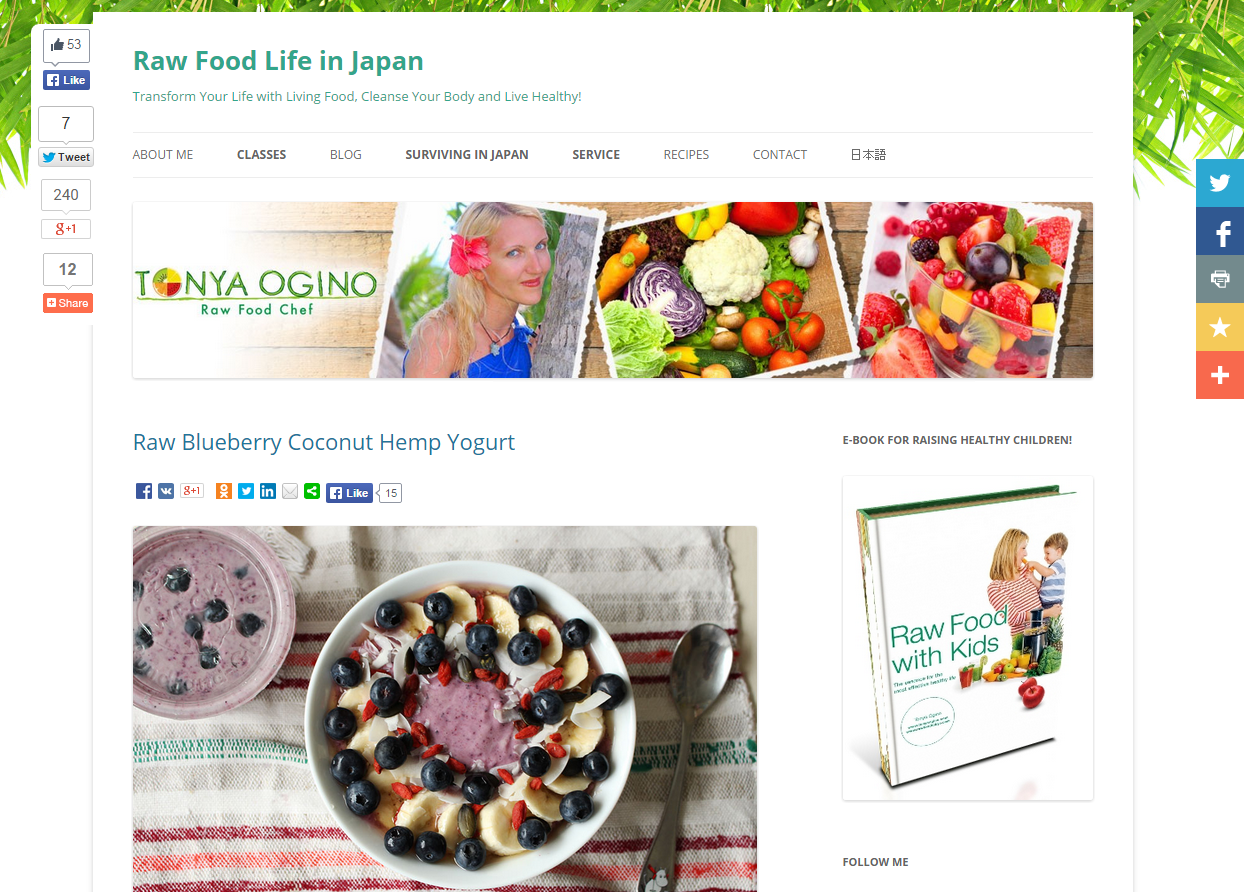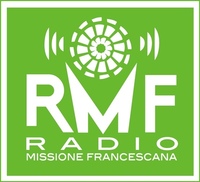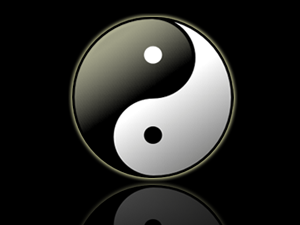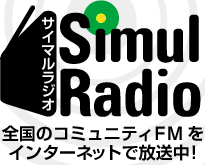Lace Footsides |  |
| Every piece of lace has two edges. Of course, it has a start and end as well, but these are not usually part of the design. When working the lace, you position the pattern so that the two edges are to the left and right. The straight edge is the footside. The wavy, or frilly edge is the headside. In English lace the footside is usually worked on the right. (There is no particular reason to do this, and European lace usually has the footside worked on the left.) Footsides have passive pairs. These stay at the edge of the lace. There may be one, two or even more passive pairs. They may be worked in just cloth stitch or twisted as well (see below). Footsides also have pairs coming in from the lace and returning to it. Lace can be sewn onto something else. This means that the footside must be strong, otherwise the stitching will pull the lace out of shape. These type of footsides are sometimes called sewn footsides. One pair of bobbins comes in from the lace, and swaps over with the edge pair of bobbins. The old edge pair then returns to the lace. This means that there is a continuous looking line along the very edge, easy to sew, but made of threads coming in from the body of the lace and returning to it, so strong. This is called a sewn footside. See below for details on how to do this. A different type of footside is the Winkie pin. Here the pair coming in from the body of the lace goes round the edge pin and returns to the lace. It isn't as strong, but it's quick, and attractive. | Twisted footside Cloth footside Double twisted footside Triple cloth footside Footside for threading ribbon No footside Winkie pin General points about footsides |
Twisted Footside |  |
 | The threads are shown in different colours, so you can see what's happening. The grey threads are called the passives. They stay parallel to the edge of the lace. All the other threads come from the main pattern and return to it. At any one time, you have three pairs of bobbins, a pair at the edge on the right, the passives and a pair coming in from the pattern on the left. Work the left pair through the passive pair and the right pair, both times with cloth stitch and twist. Then pin between the passive pair, now on the left, and the other two pairs. The original left pair is now on the edge. Give it an extra twist and leave it alone. Work the old edge pair back through the passive pair into the pattern, again with cloth stitch and twist. The moving picture on the right demonstrates one row of footside (click on button to repeat it). The diagram on the left gives two rows of footside, so you can see how a pair of threads comes to the edge, stays there a row, and then works its way back. |  |
 | The diagram above also shows one stitch of Torchon ground to demonstrate how the footside fits into the main lace. This could be any other stitch. Sometimes the footside is attached to the rest of the lace with double Torchon ground. This has the effect of keeping the two pairs of footside threads separate from the rest of the pattern. So if you wanted, you could make them a different colour. The hearts lace has twisted footside. The diamond mat has twisted footside attached with a double Torchon ground. |  |
Cloth Footside |  |
 | A cloth footside has two pairs of passive bobbins that stay parallel to the edge (the grey ones in the pattern). It is similar to the twisted footside (above) except you work a pair of bobbins in cloth stitch through the both pairs of passives. The passives are not twisted, but the worker and edge bobbins are. This means you must remember which pair of bobbins to twist and which to leave alone. This footside needs an extra pair, which means more bobbins to handle on the pillow, and more stitches to work. Generally, you can use twisted footside or cloth footside as you wish, although certain methods of lace may prefer one or the other. The fan headside has cloth footside. It is often used in Bucks Point lace. |  |
 | Double Twisted FootsideYou can have more complicated types of footside by increasing the number of passives. If you prefer a twisted footside, then you can have two passives (see diagram on the left) or three (see right), or even more if you wish. This makes the footside into a pattern in itself, a border running alongside the normal lace. Remember that each extra passive means one more pair of bobbins to add to your collection on your pillow. If you have several passives, you may also need extra room on the pattern to allow room for them (and this will add to the width of your lace, of course). English Maltese lace likes these extra passives, and that is a more fluid lace than Torchon, which tends to expect every pinhole to be in its expected place! |  |
 | Triple cloth footsideYou can have a more complicated form of cloth footside by having three pairs of passives (which don't get twisted, of course). See left for the diagram. You can easily extend it to as many passives as you want, although you will have to start allowing more room in the pattern for them, and you will have to cope with the extra bobbins that they involve. This type of footside will look like a thin strip of woven cloth running along one edge of the lace. Sometimes lacemakers used to make their lace wider by working a thin strip of lace, such as the beginners pattern, and then sewing it to the footside of a wider piece of lace, making it look as if it had a complicated footside. The width of a piece of lace is usually limited by how many bobbins you can handle on a pillow (or how many you own!) so this is a neat trick. |
 | Footside for threading ribbonThis is a very complicated footside! It has large holes in it to thread a ribbon. The pairs of threads making this are just twisted enough times to span the gap, then joined in a double Torchon ground stitch. There are two pairs of cloth passives either side of the ribbon holes. The edge of the lace is rather like the part twisted fan headside. In fact, there is no swapping over of pairs at the edge at all, unlike the simpler footsides above, yet this is obviously a footside. On the left, the diagram mostly shows each pair of threads as separate colours. The exceptions are the passives, in pink (all four pairs), and in dark green on the left, the Torchon ground stitches that belong to the main part of the lace. If this is too complicated for you, you could still adapt the idea if you wanted to thread a ribbon through your lace. |  |  |
 | No footsideIt is possible to have a straight edge without making it a footside (see left). You work it exactly like a twisted footside, but you leave out the passives. You may need to twist threads more than you usually do, to make a stiff enough edge. The edge may also not be as straight as a footside edge. Still, it does mean that you do not have the passives straight line to spoil a pattern, and it takes less bobbins. |  |
 | Winkie pin cloth footsideThere is another type of footside called winkie pin or winkie. This does not swap over pairs at the edge pin. Instead, one pair works across the passives. The pin is put between this worker pair and the edge passive. The worker pair then goes round the pin, back across the passives, and back into the lace. This is simpler and quicker than the other footsides. It might not be as strong an edge if you want to sew the lace onto something, but it makes an attractive pattern in itself. The passives can be worked in various ways. See left and right for a cloth stitch winkie pin footside with two passives. There is an example of this type of footside here. |  |
 | Winkie pin twisted footsideThe passives may also be worked in cloth stitch and twist. See left and right for an example with two passives. You can have one passive or more than two. There is an example of this type of footside here. |  |
 | This works well with solid areas near the edge, such as triangles. The worker pair going across the passives is the same worker pair going across the triangle. In alternate rows, it goes to the edge of the whole lace, or just to the edge of the triangle (see above). This gives a neat edge to the triangle. |

General points about footsides
There isn't anything marking a footside on a traditional pattern - it's just a straight edge (see right). I tend to mark the passives on my patterns.
It's worth tightening the edge quite firmly, as a loop of thread left on the edge by mistake shows up quite badly. You can tighten by taking the two non-passive pairs, one pair in each hand, and gently pulling them apart from each other. The passives just need a gentle tug. You do this after working all three pairs of bobbins to their final position.
My descriptions above gives an extra twist to the edge pair. Some people don't, but I think it gives the edge a tighter feel. After all the thread has got further to go to the next stitch. However, if you leave out the extra twist, then all the stitches in the twisted footside are cloth stitch and twist, which might be easier to remember. The cloth footside has a mixture of stitches anyway.
If you want to practise footsides, I suggest you try the beginners pattern, as it is just two footsides side by side, joined with a single stitch. It is a surprisingly attractive pattern, considering how simple it is and how few bobbins it needs, and it certainly gives you lots of practise in footside!
If you like using different colours in your lace, the passive bobbins don't move out of or into the main pattern, so they can have a different coloured thread from the rest of the pattern, to highlight the edge. See this hearts pattern.
Traditional lace does tend to have a footside and a headside, but this isn't essential. You can have lace with footsides on both sides. See some of my heart patterns for examples. This type of lace is called an insertion, since it can be sewn as a decoration within a piece of cloth, rather than as a frilly edge. I must admit that I like insertions, as I prefer the patterns within the lace, rather than the frilly edges. You can also have headsides on both sides of the lace, perhaps as a bookmark. I suspect that this would require the same headside on both sides, as a symmetrical pattern.






































































































































.jpg)















































.jpg)





































































































No comments:
Post a Comment